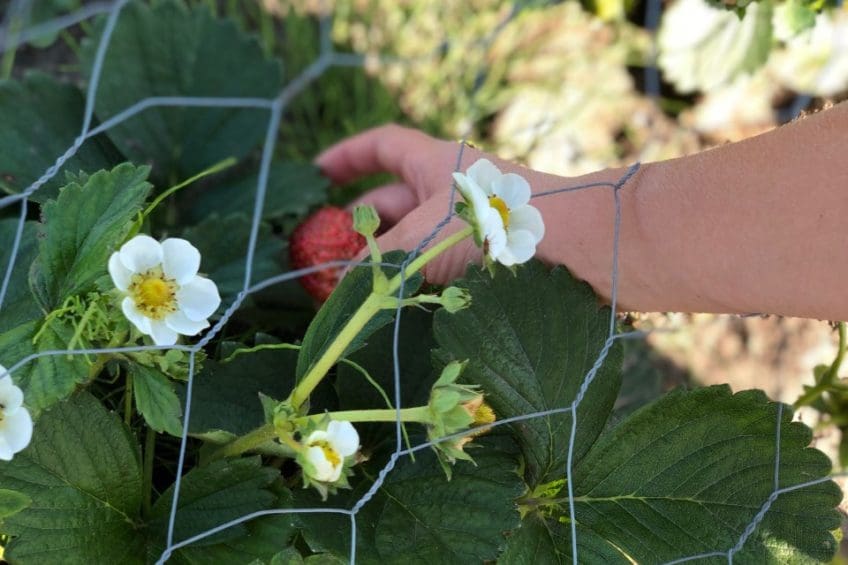Benefits of Container Gardening Plus 8 Tips for Success
You don’t need a large backyard to grow your own vegetables. As it turns out, most vegetables can grow really well in containers on balconies, patios or roof tops. If you choose the right plants for your space, you can create your own vegetable container garden and grow a fair amount of food in just a few pots! Container gardens make the plants much easier to reach and tend to over the summer growing season and means you may avoid some pests in other gardens i.e. rabbits, deer and slugs!
Top 3 reasons to create a container garden:
- The flavour of home-grown vegetables can’t be beat!
If you are someone who doesn’t ‘love’ vegetables, you may change your mind when you bite into a garden-fresh carrot or tomato. Adding one or more freshly grown vegetables or fruit to a meal can really boost the overall enjoyment of your food.
- Easily increase your daily intake of vegetables and fruit.
As Registered Dietitians we continually encourage our clients to find ways to eat more vegetables and fruit. For most people, it’s the vegetables that are the hardest to increase. By growing your own, you have a quick and tasty option right outside your door. You are able to pick the veggie or fruit at the peak of ripeness and enjoy the amazing taste but more importantly the nutrient packed punch these wonderful foods have to offer.
- Feel a sense of accomplishment and satisfaction
Each spring and summer I marvel at how nature unfolds itself. I especially feel this way when I place tiny seeds into soil and then have the opportunity to watch these seeds transform into the food I feed my family. I truly appreciate the satisfaction of knowing that I have grown some of the food we eat. One of the biggest pleasures I have with our garden is watching my kids and their friends pull carrots, quickly wipe them on their shirts and eat them for the pure enjoyment of the food itself. That feels like success!
A few tips:
Choose a larger container for growing a few different vegetables. Herbs, eggplant and bell peppers grow well in individual containers.
Choose light-weight containers. Once you fill them with soil and plants, they become heavy. If you need to move them around, using a container that is lighter weight will help.
Choose an organic potting mix which will hold onto water. Traditional garden soil can become too compacted. You can also find soil-less potting mixtures for container gardening.
Plan to fertilize containers. Nutrients will need to be added to the soil of containers. Also, when plants are watered, some of the soil and nutrients will wash out of the drainage holes.
Choose light coloured containers. Dark colours absorb heat which can dry out the soil more quickly and provide too much heat for the roots.
Choose a location with lots of sun. Most vegetables require at least 6 hours of sunlight per day.
Ensure there is plenty of circulation around the plants. Try to resist the temptation of over planting your containers. Plants may start as small as a seed, but soon will need more space within which to flourish!
Create drainage holes in the planters for excess water to drain. If plant pots don’t have proper drainage, it can create a poor environment for the root structures.
Some fun ideas
Salad container – lettuce, tomato and cucumber plants
Salsa container – tomato, onion and cilantro/basil
Root veggie container – carrots, parsnips and beets
Our favourite salads with freshly grown produce
Tomato, Cucumber, Bell Pepper—Greek Quinoa Salad
Lettuce and Beets—Citrus Beet Salad
Butternut Squash, Brussels Sprouts, Bell Pepper, Spinach—Oven-Roasted Vegetable Salad

